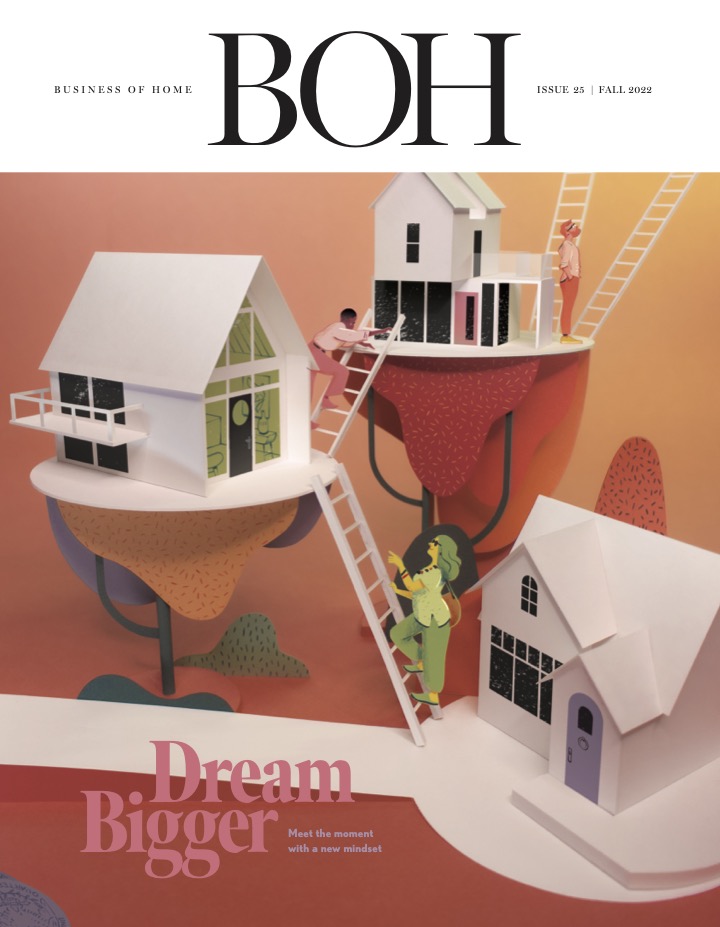The vast archives of Frank Lloyd Wright have been jointly acquired by the Museum of Modern Art and Columbia University and will become part of the permanent collections.
The Frank Lloyd Wright archives include some 23,000 architectural drawings, 44,000 historical photographs, large-scale presentation models, manuscripts, extensive correspondence and other documents. Joint stewardship and preservation of the archives will provide new impetus for publications, exhibitions, and public programs on Wright's work, allowing it to be displayed in the context of other great 20th century modernists. It will also maximize the visibility and research value of the collection for generations of scholars, students and the public.
The complete physical archives will be permanently transferred to the collections of Columbia and MoMA under a joint acquisition and stewardship agreement, with the Frank Lloyd Wright Foundation retaining all copyright and intellectual property responsibility for Wright's prolific body of work. The archives will be named "The Frank Lloyd Wright Foundation Archives (The Museum of Modern Art | Avery Architectural & Fine Arts Library, Columbia University, New York)."
"The Frank Lloyd Wright Foundation takes seriously its responsibility to serve the public good by ensuring the best possible conservation, accessibility, and impact of one of the most important and meaningful archives in the world," said Sean Malone, CEO of the Foundation. "Given the individual strengths, resources and abilities of the Foundation, MoMA and Columbia, it became clear that this collaborative stewardship is far and away the best way to guarantee the deepest impact, the highest level of conservation and the best public access."
Columbia's Avery Architectural & Fine Arts Library will be the repository for all paper-based archival contents, including thousands of architectural drawings, the extensive personal and professional correspondence as well as personal and architectural photography of Wright's works, interview tapes, transcripts and films. Avery will meet the needs of researchers and build curricular use of the collection.
"At Avery, Wright's rich legacy of archival materials joins the great historic architects whose works are preserved here from Sebastiano Serlio to Piranesi, and to other key 20th century American figures," said Carole Ann Fabian, director of Columbia's Avery Architectural & Fine Arts Library. "Wright's archives will receive the fullest exposure for research-intensive interrogation as well as ongoing opportunities for students, scholars and the interested public to engage with these materials in exhibition, public programs and teaching experiences."
The Museum of Modern Art will house all three-dimensional works, including architectural models (many made for Wright's exhibition at MoMA in 1940), architectural elements and design prototypes in the archives. It will work to develop regular displays and special exhibitions based on the drawings, photographs and models, integrating them with its own rich collections of modern architecture and design.
"Bringing the archives of Frank Lloyd Wright to MoMA and Columbia University is extraordinary," said Glenn D. Lowry, Director of The Museum of Modern Art. "It places one of the most important bodies of work of a major architect in a central location in New York, and will be transformative for both institutions."
"At MoMA, Frank Lloyd Wright's work will be in conversation with great modern artists and architects such as Picasso, Mies van der Rohe and Le Corbusier," said Barry Bergdoll, the Philip Johnson Chief Curator of Architecture and Design at MoMA and professor in the Art History and Archeology Department at Columbia. "This collaboration provides opportunities to reposition Wright as a key figure in the larger development of modern art and architecture, after decades of scholarship that have often emphasized his lone genius and his unique Americanness. A new chapter in appreciating Wright is opened by this new setting for his legacy."
As part of a three-institution "Archives Steering Committee," the Frank Lloyd Wright Foundation will help guide development of the archives and provide interpretive insights on Wright's work and life. It will continue to preserve and share Wright's National Historic Landmarks at Taliesin in Wisconsin and Taliesin West in Arizona, including the historic furnishings, memorabilia and artifacts used to interpret both sites, along with large and important collections of art, furniture and artifacts that Wright created and collected over his lifetime.
Wright is considered by many to be one of the 20th century's most influential architects, a figure whose iconic work helped define modernism. The American Institute of Architects, in a recent national survey, recognized him as "the greatest American architect of all time." More than one-third of Wright's buildings are listed on the National Register of Historic Places or are in a National Historic District.
Born in 1867, Frank Lloyd Wright spent more than 70 years creating designs that helped revolutionize the art and architecture of the 20th century. In all he designed 1,141 architectural works houses, offices, churches, schools, libraries, bridges, museums and many other building types. Of that total, 532 resulted in completed structures, 409 of which still stand. However, Wright's pioneering creativity was not confined to architecture. He also designed furniture, fabrics, art glass, lamps, dinnerware, silver, linens and graphic arts. A prolific writer, educator and philosopher, Wright authored 20 books and countless articles and lectured throughout the United States and in Europe.
"We are proud to join in a collaboration aimed at bringing new insight and experience to the works of one of the truly great creative minds of the 20th century," said Columbia University President Lee C. Bollinger. "MoMA and Columbia form a compelling partnership among essential intellectual and cultural institutions in New York City and, together, we look forward to working with the Frank Lloyd Wright Foundation to preserve and enhance Wright's extraordinary legacy for generations to come."





















